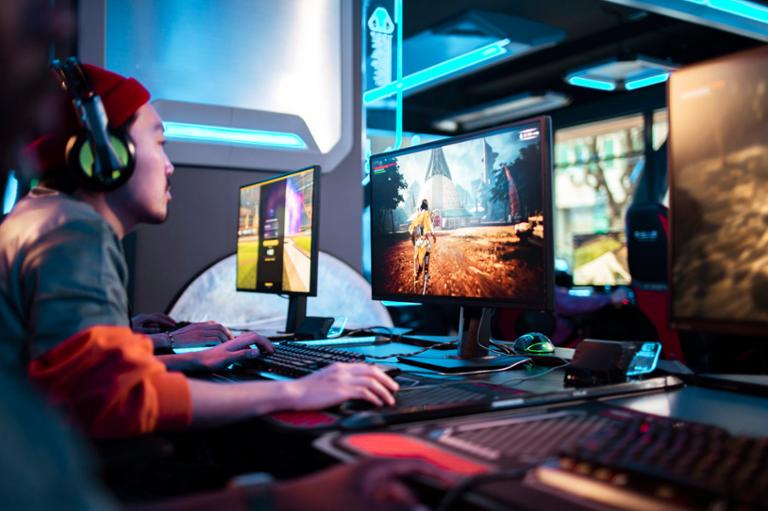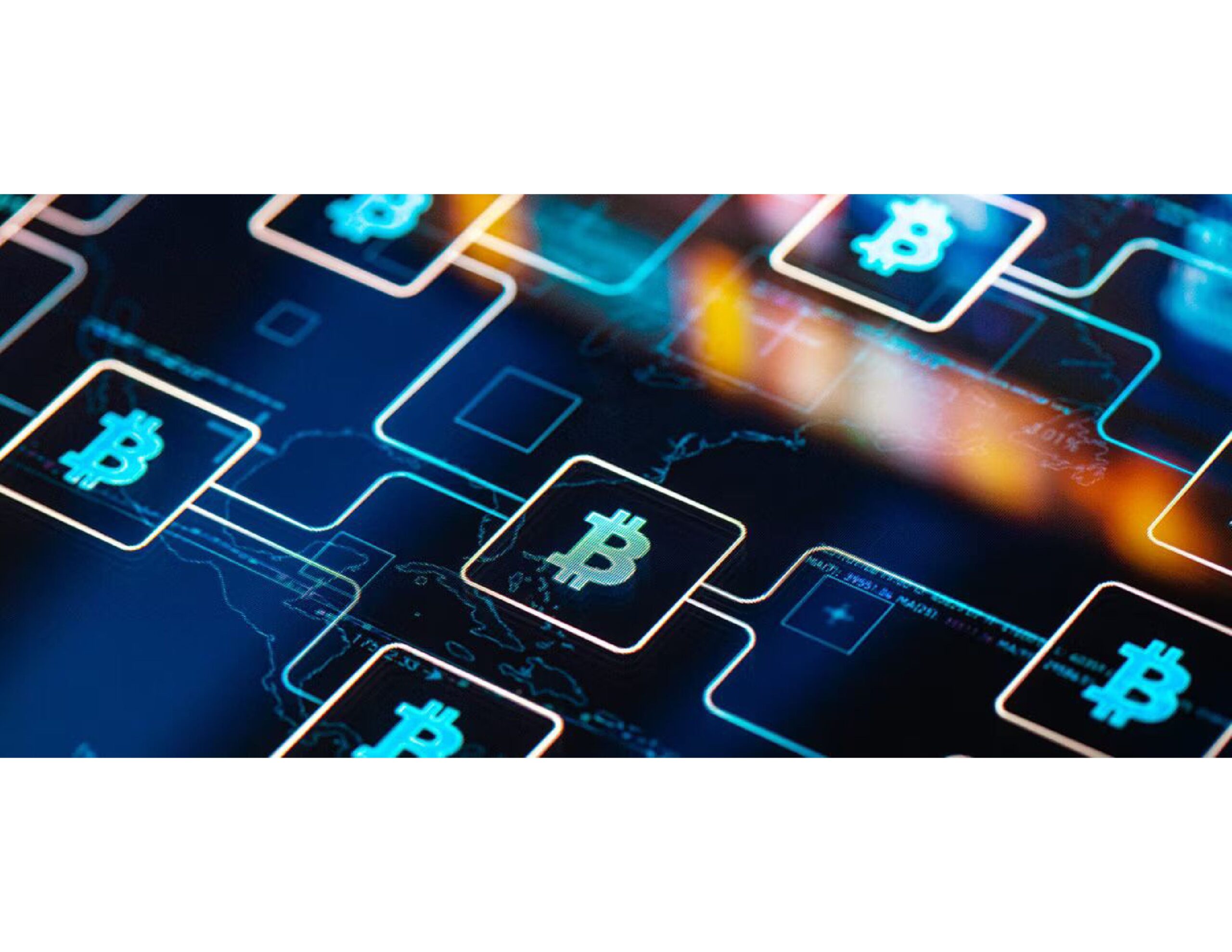
Embarking on the journey of game development is a thrilling adventure that combines creativity, technical skill, and a passion for gaming. In this installment of our Game Development Chronicles, we will take you through the intricate process of turning a game concept into a playable reality. Whether you’re a budding developer or a seasoned programmer, understanding these steps will help you navigate the fascinating world of game development.
1. Conceptualization
Every great game begins with a spark of an idea. The conceptualization phase is where you brainstorm and refine your game’s core concept. This involves defining the game’s genre, storyline, characters, and gameplay mechanics. During this phase, it’s crucial to create a Game Design Document (GDD), which will serve as your project’s blueprint. The GDD outlines the game’s vision, features, and technical requirements.
Key Points:
- Brainstorm ideas and gather inspiration.
- Define the game’s core mechanics and unique selling points.
- Create a detailed Game Design Document.
2. Prototyping
Once you have a solid concept, the next step in the Game Development Chronicles is prototyping. This phase involves creating a basic version of your game to test its mechanics and feasibility. Prototyping helps identify potential issues early and allows you to experiment with different gameplay elements without investing too much time or resources.
Key Points:
- Develop a simple, playable version of your game.
- Focus on core mechanics rather than detailed graphics.
- Gather feedback and iterate on the prototype.
3. Production
Production is where your game starts to take shape. This phase involves building the game based on the prototype and the GDD. It includes coding, creating art assets, designing levels, and implementing audio. Collaboration is key during production, as different team members work on various aspects of the game simultaneously.
Key Points:
- Develop game code and integrate art and audio assets.
- Design and build game levels.
- Ensure smooth collaboration among team members.
4. Testing
No game is complete without rigorous testing. In this phase of the Game Development Chronicles, you conduct thorough testing to identify and fix bugs, ensure gameplay balance, and enhance user experience. This involves various types of testing, including alpha and beta testing, where you release early versions of the game to a limited audience for feedback.
Key Points:
- Conduct multiple rounds of testing.
- Focus on identifying and fixing bugs.
- Gather user feedback to improve the game.
5. Polishing
Once the major bugs are fixed and the game mechanics are fine-tuned, it’s time to polish your game. This phase involves refining graphics, optimizing performance, and adding final touches to enhance the overall player experience. Attention to detail is crucial here, as it can make the difference between a good game and a great one.
Key Points:
- Refine and enhance game graphics and audio.
- Optimize game performance for various platforms.
- Add final touches to improve player experience.
6. Launch
The culmination of your efforts in the Game Development Chronicles is the game launch. This phase involves marketing your game, preparing for release, and engaging with your community. A successful launch requires a well-thought-out strategy, including creating promotional materials, setting up distribution channels, and planning post-launch support.
Key Points:
- Develop a marketing and release strategy.
- Create promotional materials and engage with your audience.
- Plan for post-launch support and updates.
Essential Skills of a Game Development
In the ever-evolving world of game development, a game programmer’s skills are pivotal in bringing game concepts to life. In this edition of the Game Development Chronicles, we delve into the essential skills every aspiring and seasoned game programmer should master to excel in the industry.
1. Proficiency in Programming Languages
A solid grasp of programming languages is fundamental for any game programmer. Some of the most commonly used languages in game development include:
- C++: Known for its performance and control, C++ is a staple in game development, especially for creating high-performance games.
- C#: Widely used with the Unity game engine, C# is popular for its simplicity and ease of use.
- JavaScript: Essential for web-based games, JavaScript is key for creating interactive experiences.
- Python: Often used for scripting and tool development, Python’s readability makes it a favorite for many developers.
2. Understanding of Game Engines
In the Game Development Chronicles, we emphasize the importance of familiarity with popular game engines, which are the backbone of game development. Key engines include:
- Unity: Known for its versatility, Unity supports both 2D and 3D game development and is widely used for indie and mobile games.
- Unreal Engine: Renowned for its stunning graphics capabilities, Unreal Engine is often used for AAA games and complex simulations.
- Godot: An open-source engine, Godot is gaining popularity for its flexibility and ease of use.
3. Mathematics and Physics
A deep understanding of mathematics and physics is crucial for game programmers. This knowledge helps in creating realistic movement, collision detection, and other game mechanics. Key areas include:
- Linear Algebra: Essential for transformations, rotations, and scaling.
- Calculus: Useful for understanding motion and changes over time.
- Physics: Important for simulating realistic physical interactions in games.
4. Problem-Solving Skills
The Game Development Chronicles highlight problem-solving as a core skill for game programmers. Developing games often involves troubleshooting and overcoming unexpected challenges. Effective problem-solving skills enable programmers to:
- Debug and fix issues efficiently.
- Optimize code for better performance.
- Find creative solutions to design and technical problems.
5. Knowledge of Graphics Programming
Understanding graphics programming is essential for creating visually appealing games. Key components include:
- Shaders: Programs that run on the GPU to control the rendering of pixels and vertices.
- Rendering Pipelines: Understanding how graphics are processed and displayed.
- APIs: Familiarity with graphics APIs such as DirectX, OpenGL, and Vulkan.
6. Familiarity with Development Tools
In our Game Development Chronicles, we stress the importance of being proficient with various development tools, including:
- Integrated Development Environments (IDEs): Tools like Visual Studio and JetBrains Rider streamline the coding process.
- Version Control Systems: Git and SVN are essential for managing code and collaborating with team members.
- Debugging Tools: Proficiency in using debugging tools to identify and fix issues.
7. Soft Skills
Beyond technical abilities, soft skills are crucial for a game programmer’s success. These include:
- Communication: Effectively collaborating with designers, artists, and other team members.
- Time Management: Prioritizing tasks and managing deadlines in a fast-paced environment.
- Adaptability: Being open to learning new technologies and adapting to changing project requirements.
The journey from concept to code in game development is a complex and rewarding process. By following the steps outlined in these Game Development Chronicles, you can transform your creative vision into a captivating and playable game. Remember, each phase is crucial and contributes to the overall success of your game.


